In the rapidly evolving world of technology, connectivity standards like Thunderbolt 3 and USB-C have become essential for modern devices. While they may look identical and share some features, they are not the same. Understanding the key differences and use cases of Thunderbolt 3 and USB-C can help you choose the right cable and port for your needs. This article explores the distinctions between these two technologies and their applications.
Key Differences Between Thunderbolt 3 and USB-C
- Data Transfer Speed
- USB-C: The standard USB-C port supports USB 3.1 with data transfer rates up to 10 Gbps.
- Thunderbolt 3: Thunderbolt 3 significantly enhances data transfer capabilities, supporting speeds up to 40 Gbps. This makes it ideal for tasks requiring rapid data movement, such as video editing and large file transfers.
- Compatibility and Connectivity
- USB-C: USB-C ports are designed for universal compatibility, supporting a wide range of devices, including smartphones, tablets, and laptops.
- Thunderbolt 3: While Thunderbolt 3 ports are also USB-C compatible, they offer additional features such as support for multiple 4K displays, daisy-chaining up to six devices, and faster data transfer rates.
- Power Delivery
- USB-C: USB-C ports support Power Delivery (PD) standards, providing power levels up to 100W, which is sufficient for charging laptops and other high-power devices.
- Thunderbolt 3: Thunderbolt 3 also supports PD up to 100W, ensuring fast and efficient charging for compatible devices.
- Video Output
- USB-C: USB-C supports video output via Alternate Mode, allowing it to connect to HDMI, DisplayPort, and other display standards.
- Thunderbolt 3: Thunderbolt 3 expands video capabilities, supporting dual 4K displays or a single 5K display, making it perfect for high-resolution monitors and professional setups.
PRO Series 100W USB-C to USB-C Ultra Fast Charger Cable HDMI USB3.1 Data 10Gbps Braided Lead - Red
The PRO Series 100W USB-C to USB-C Ultra Fast Charger Cable supports USB 3.1 data transfer speeds up to 10Gbps and power delivery up to 100W, making it perfect for high-speed data transfer and fast charging needs.
Use Cases for Thunderbolt 3
- Professional Video Editing
-
With its high data transfer speeds and support for multiple high-resolution displays, Thunderbolt 3 is ideal for video editing professionals who need to transfer large files quickly and use multiple monitors.
- High-Performance Computing
-
Thunderbolt 3 is suitable for connecting external GPUs, which can significantly boost the performance of laptops and other devices, making it perfect for gaming and other graphics-intensive tasks.
- Fast Data Transfers
-
For applications that require rapid data movement, such as backup and data migration, Thunderbolt 3 provides unparalleled speeds.
Use Cases for USB-C
- Everyday Charging and Connectivity
-
USB-C is widely used for charging smartphones, tablets, and laptops, thanks to its universal compatibility and support for Power Delivery.
- Peripheral Connections
-
USB-C is ideal for connecting peripherals like keyboards, mice, and external storage devices, making it a versatile option for everyday use.
- Affordable Data Transfer
- While not as fast as Thunderbolt 3, USB-C offers sufficient data transfer speeds for most everyday tasks, including transferring photos, videos, and documents.
Featured Products
Braided USB-C to USB-C (USB2.0) 100W PD Fast Charger Data Cable - Turquoise
The Braided USB-C to USB-C (USB2.0) 100W PD Fast Charger Data Cable offers reliable performance with Power Delivery up to 100W, suitable for everyday charging and data transfer needs.
Conclusion
While Thunderbolt 3 and USB-C share similarities, their differences make them suitable for distinct use cases.
If you are in doubt, simply give our Sales Team a call for more advice on 01723 332269 Opt.1 Sales or drop us an email via our Contact Page.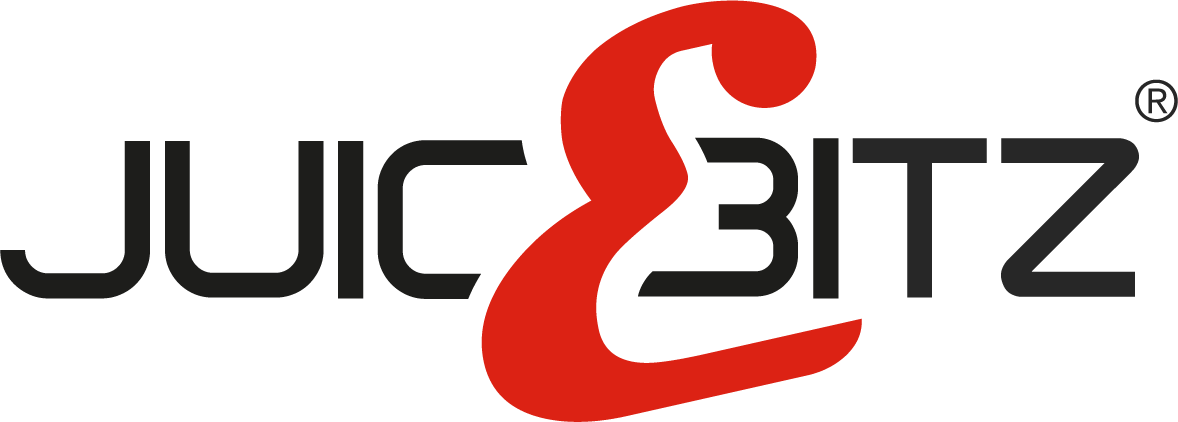



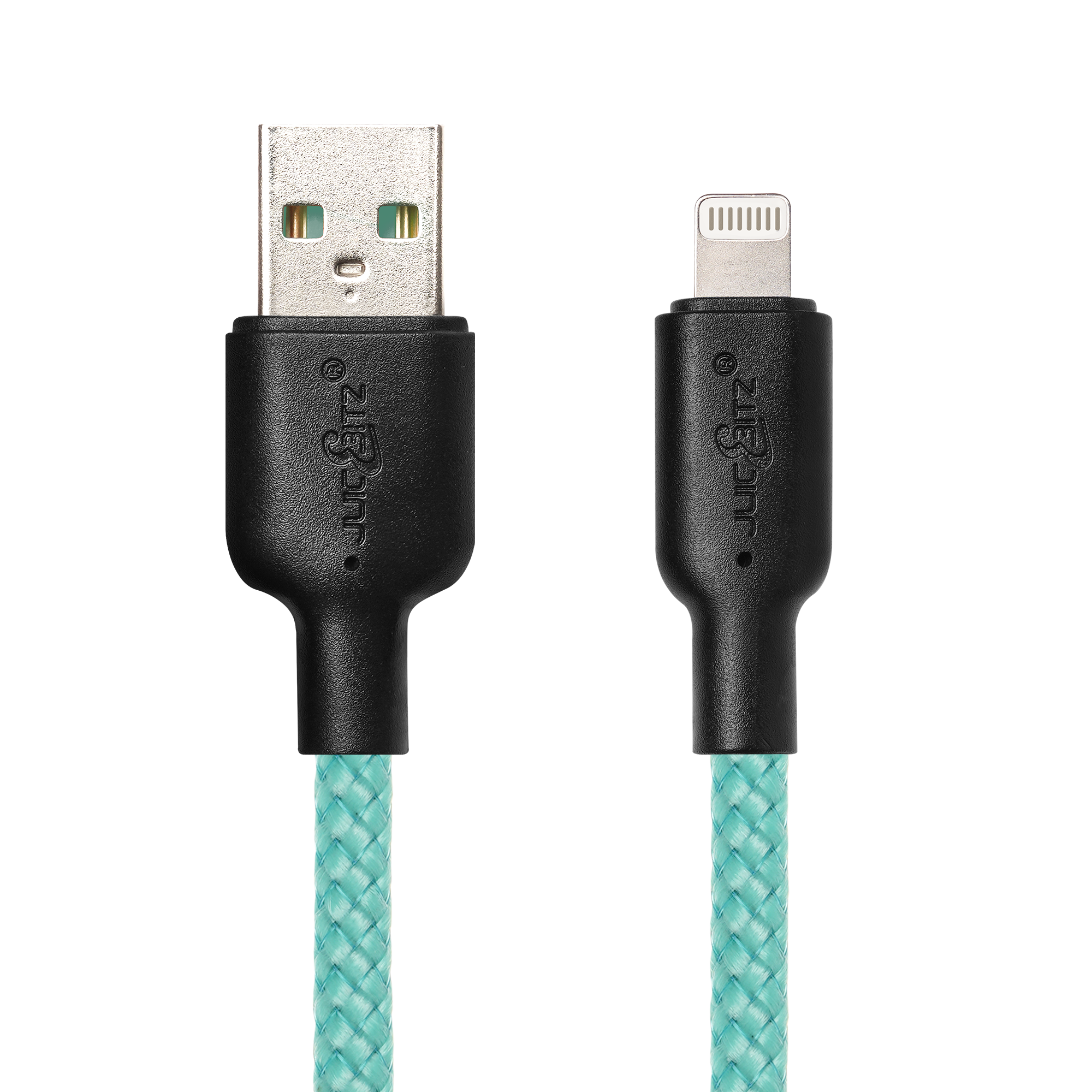
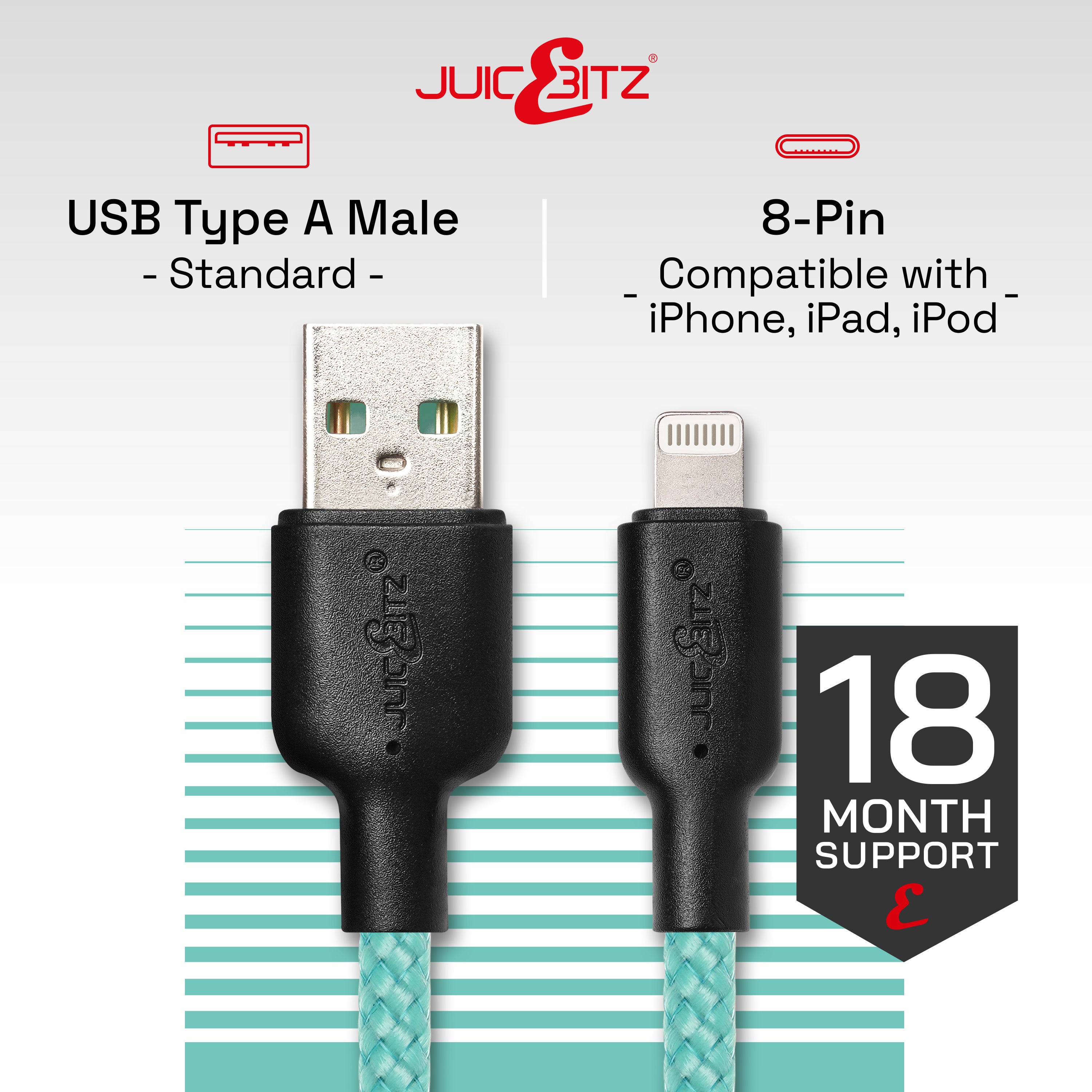
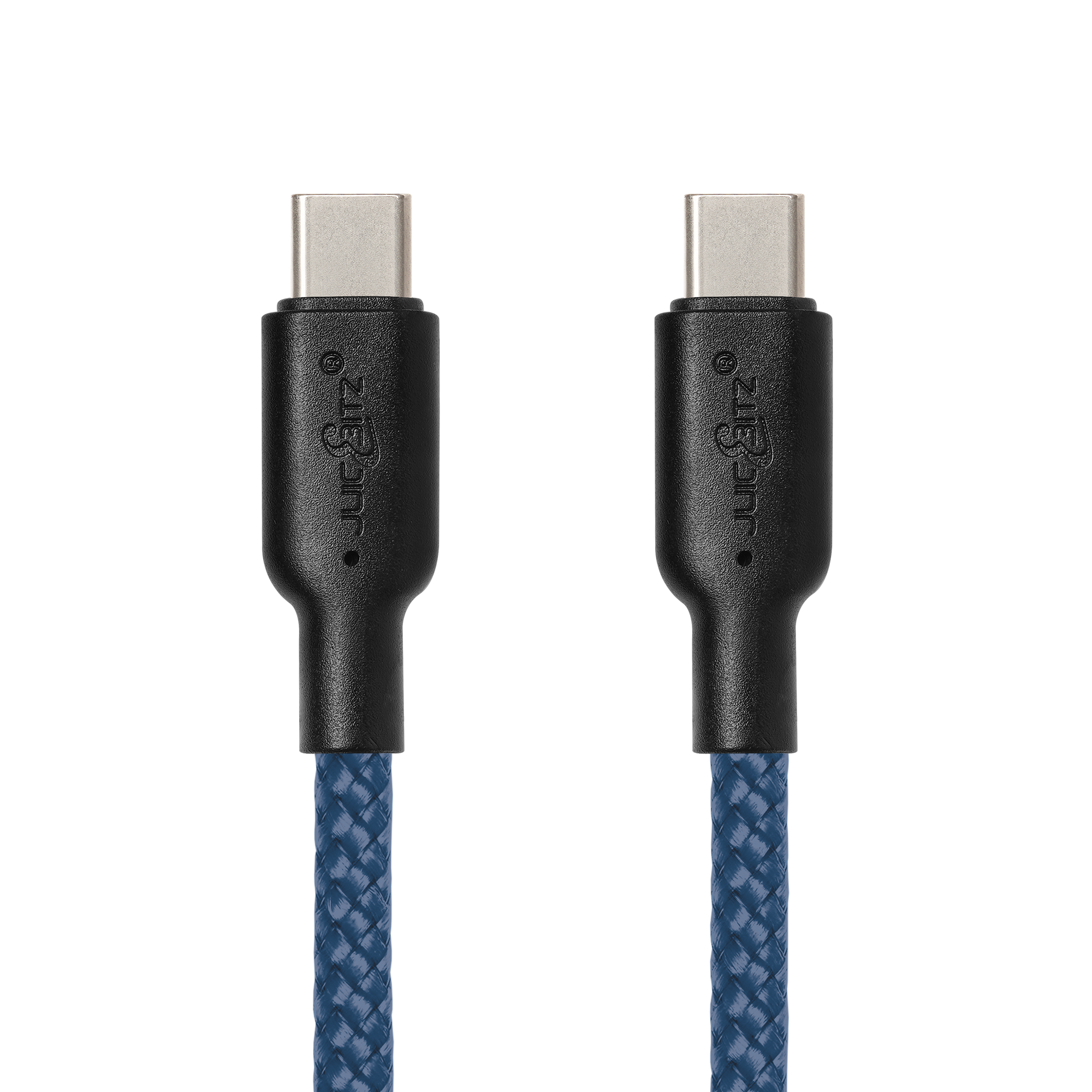
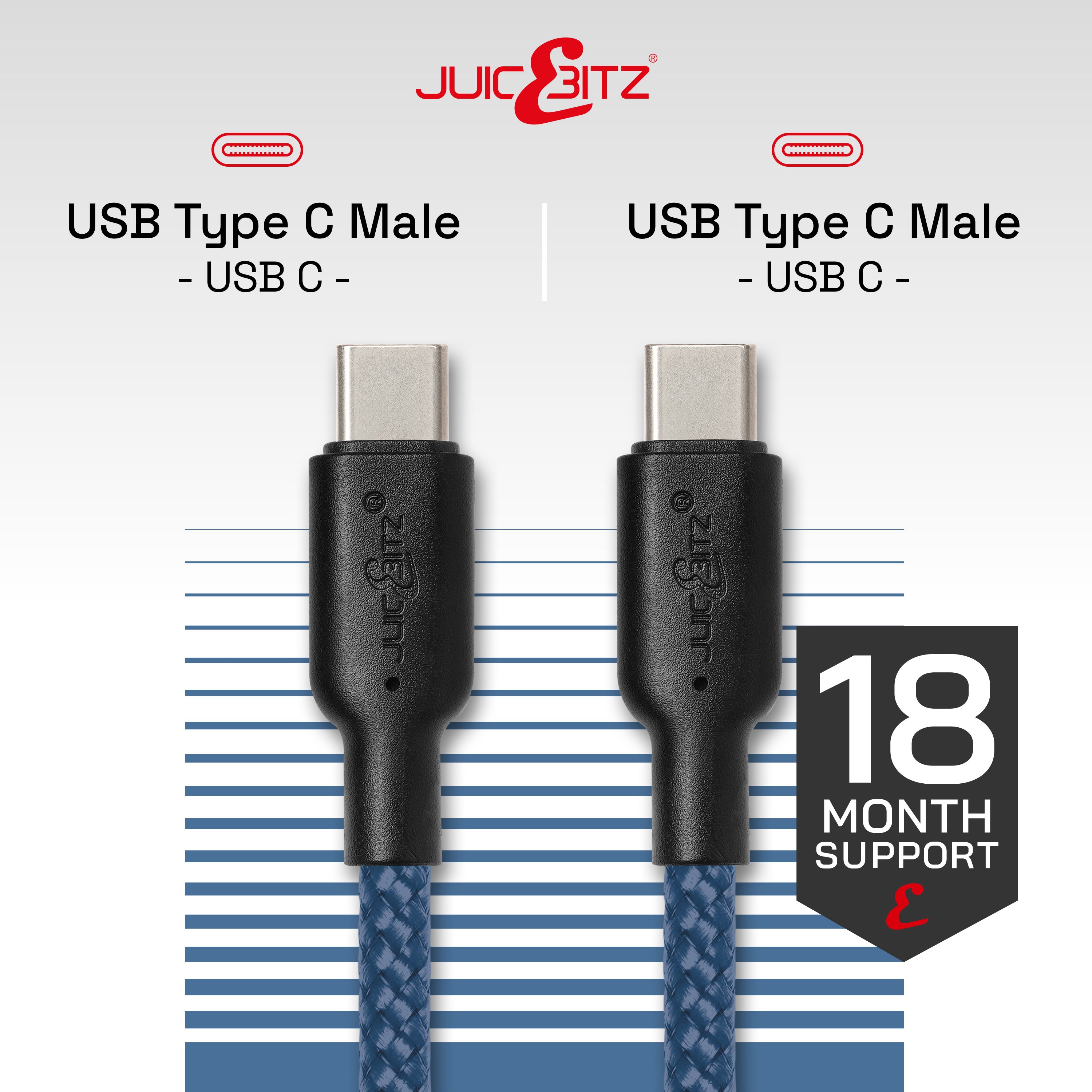


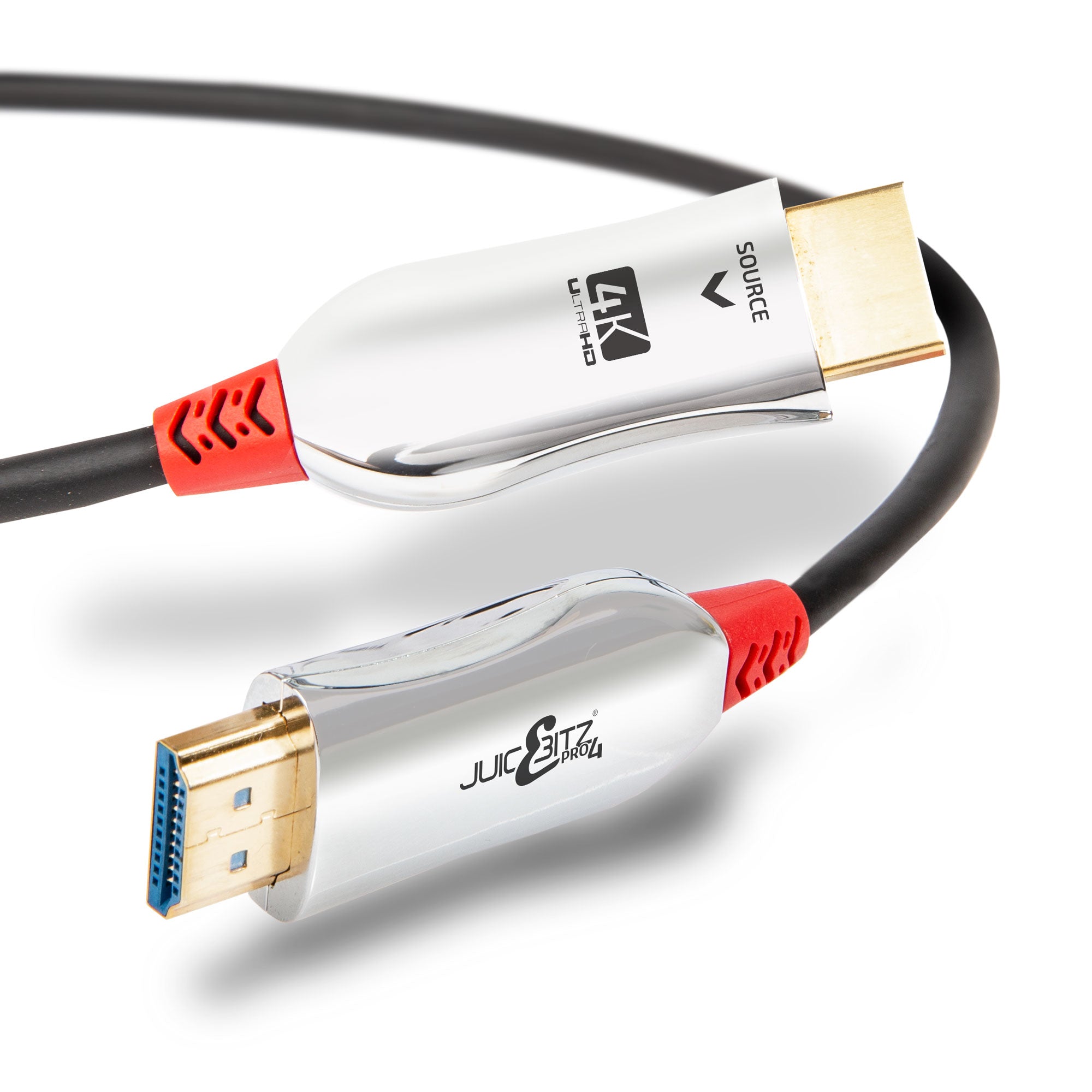
Leave a comment
This site is protected by hCaptcha and the hCaptcha Privacy Policy and Terms of Service apply.